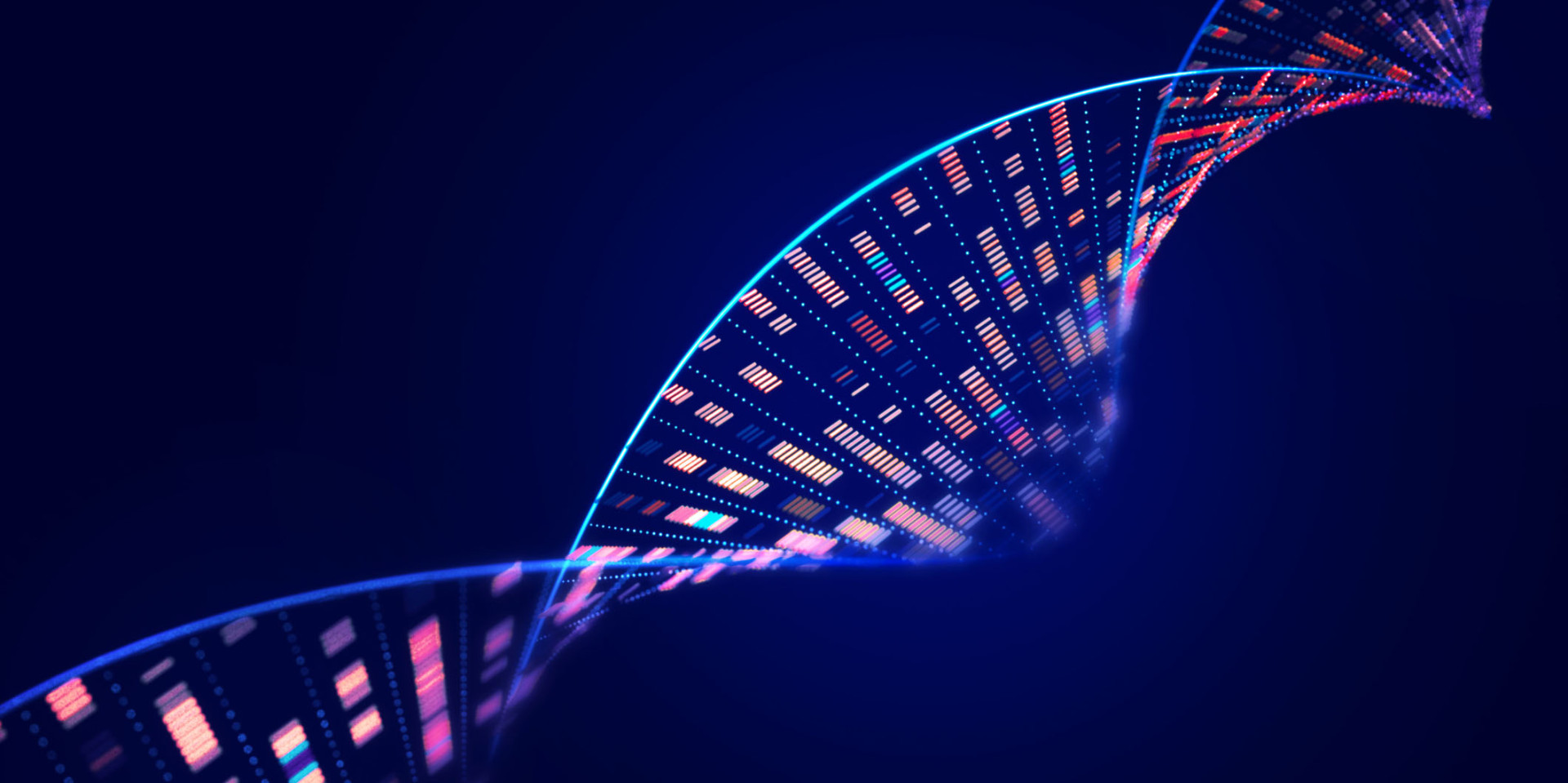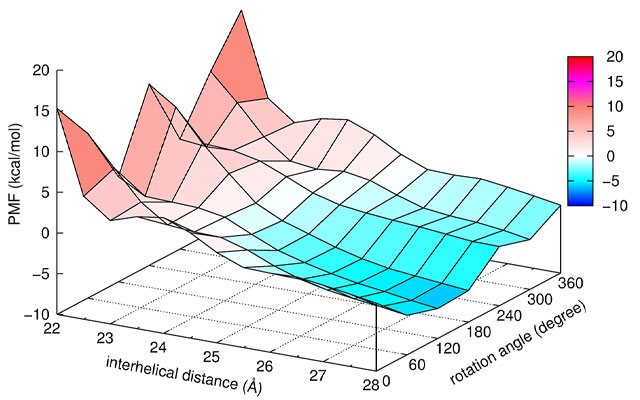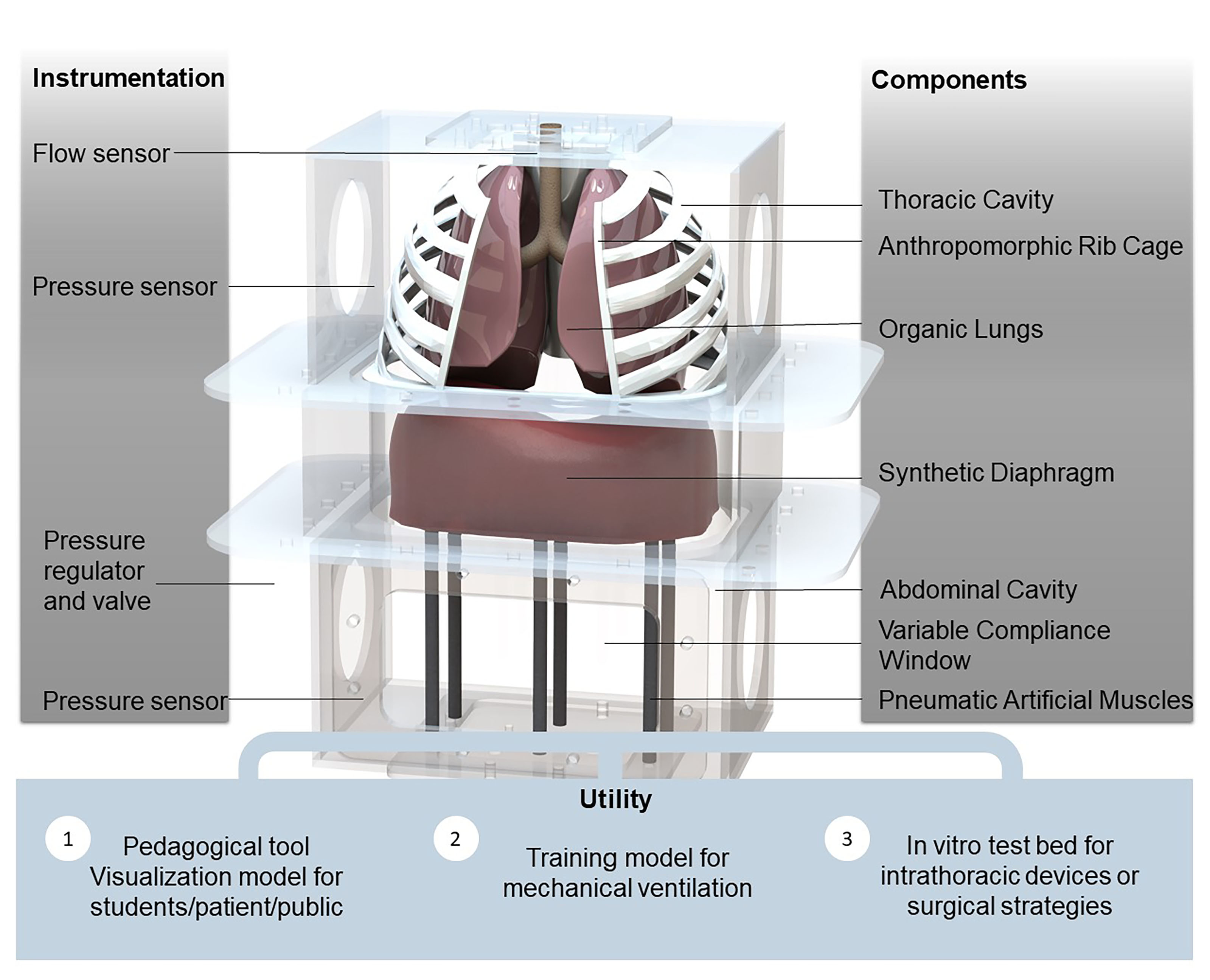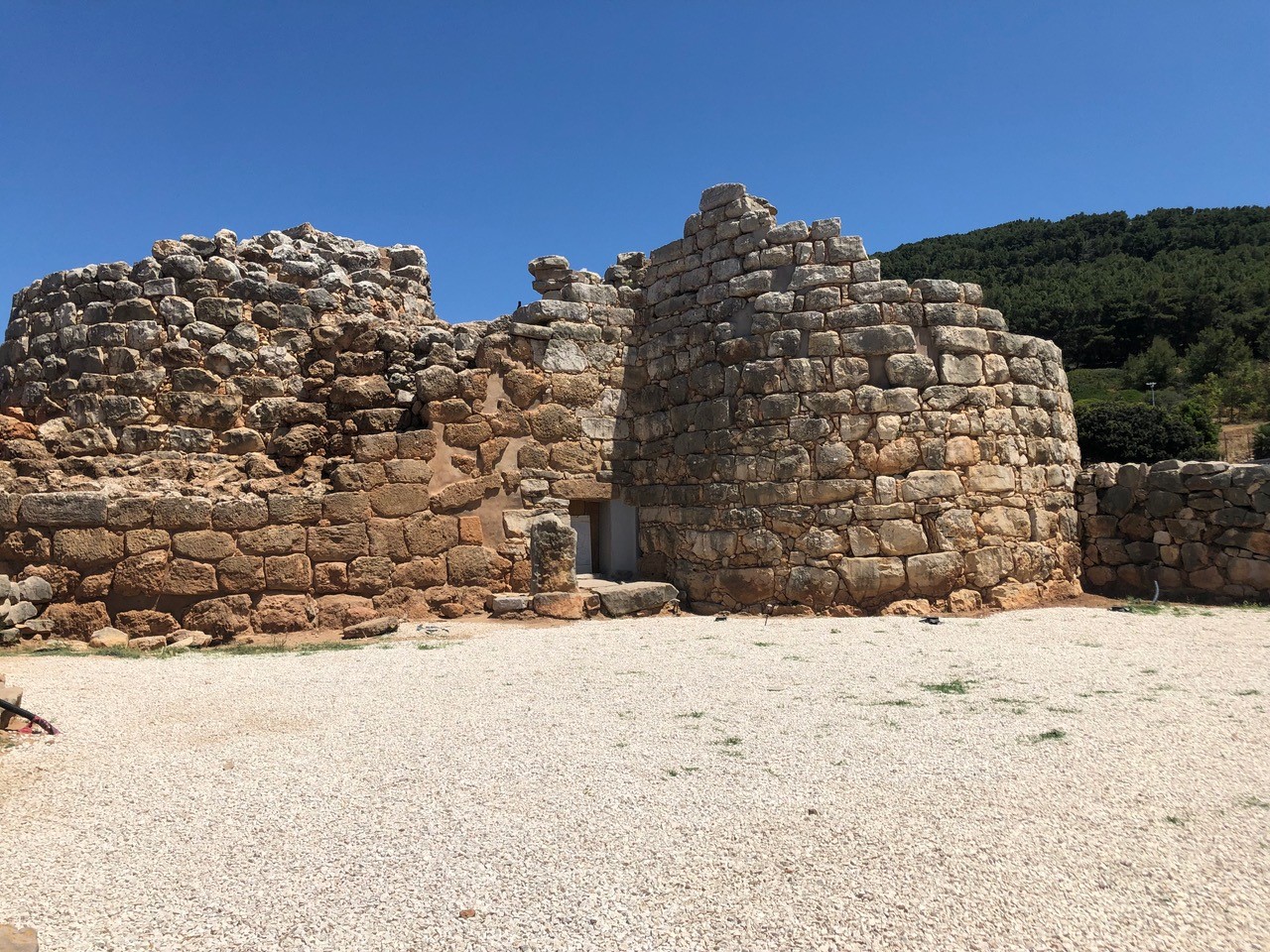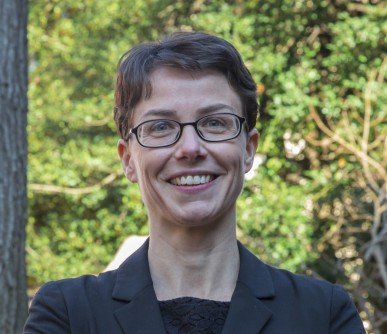Investigators from Cedars-Sinai; the University of California, San Francisco (UCSF); Harvard University; and the Weizmann Institute of Science in Israel conducted a study to determine where individual nutrients are absorbed in the small intestine. For the first time, they identified the molecular markers that define five distinct intestinal regions.
